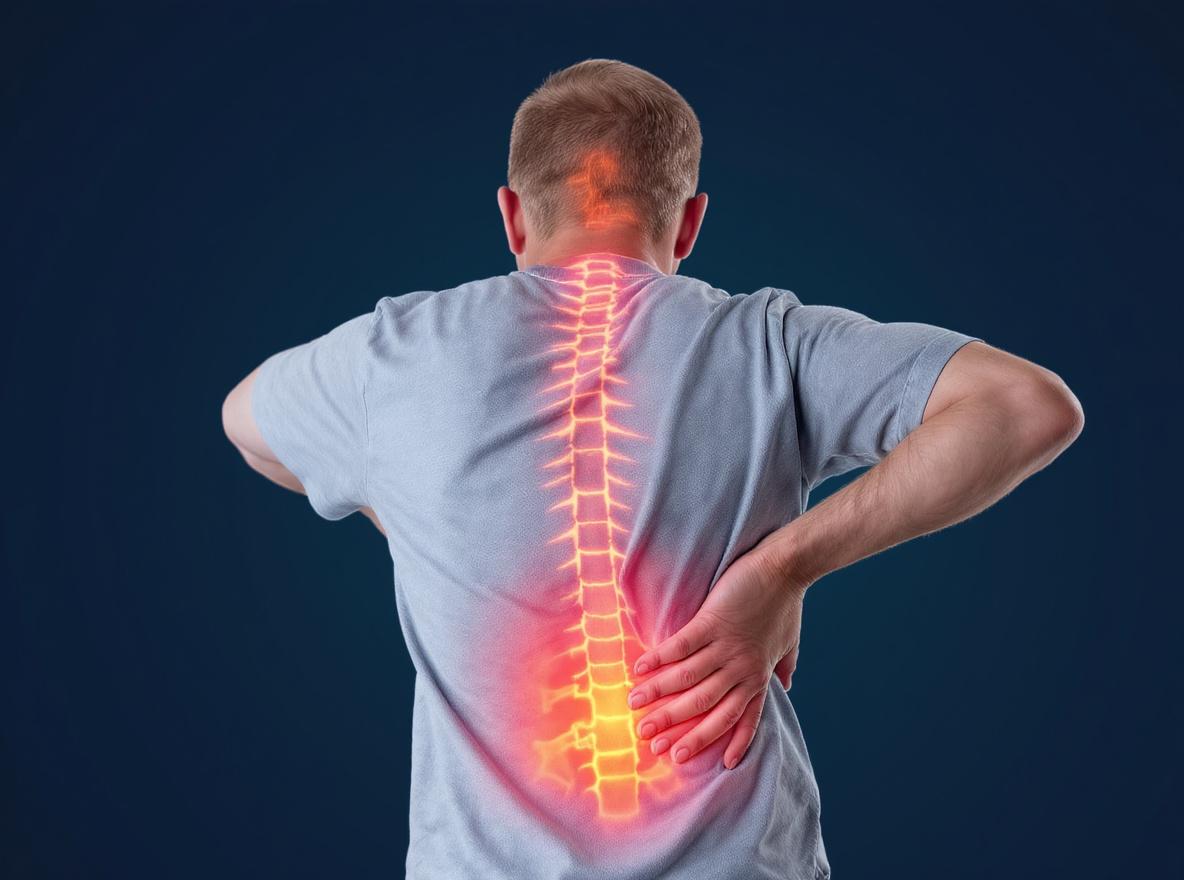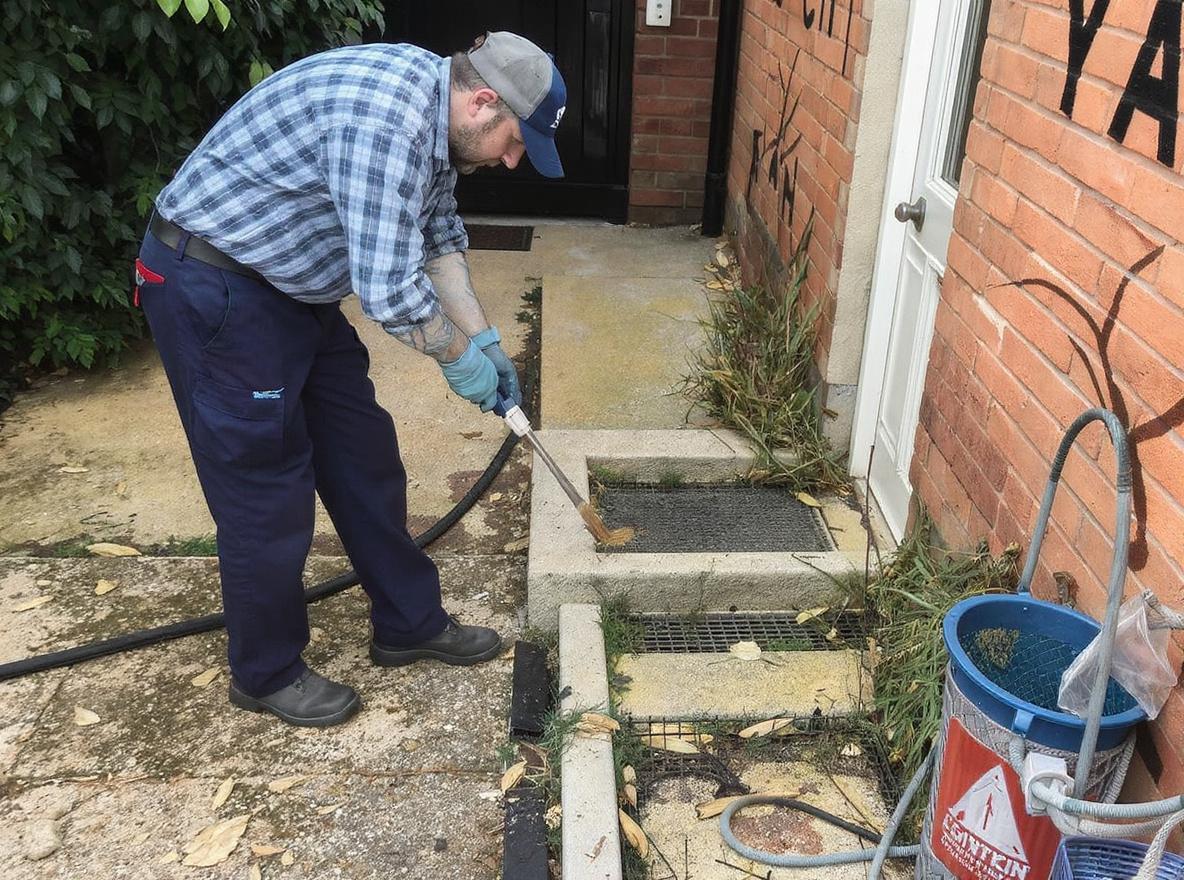Osteoporosis can significantly affect bone health and mobility, but targeted exercises can help. Engaging in a routine designed specifically for bone strengthening is crucial in managing osteoporosis effectively. Discover methods to safely enhance your bone health and regain your mobility.

Understanding the Importance of Exercise for Bone Health
Exercise is a key component in maintaining bone health, especially for individuals with osteoporosis. It not only helps strengthen bones but also enhances balance and flexibility, which are vital in preventing falls and fractures. According to a report from the National Osteoporosis Foundation, incorporating weight-bearing and muscle-strengthening exercises into your routine can increase bone density and reduce the risk of osteoporosis-related injuries. An article on Research on Physical Activity highlights the positive impact of regular exercise on bone health, reinforcing the necessity of staying active.
Types of Exercises Recommended for Bone Health
Different types of exercises contribute uniquely to improving bone health:
- Weight-Bearing Exercises: These exercises compel the body to work against gravity, stimulating bone growth. Examples include walking, jogging, and dancing. For seniors, moderate activities like brisk walking or tai chi can be highly beneficial. A detailed list of suitable exercises can be found at Weight-Bearing Exercises for Seniors.
- Resistance Training: Using resistance bands or weights, this type of training helps in building muscle mass, which supports and strengthens bones. Incorporate exercises like squats, lunges, and bicep curls into your regimen.
- Flexibility and Balance Exercises: Incorporating yoga or Pilates can improve your flexibility and core strength, thereby enhancing balance and reducing fall risks.
These exercises, when performed under professional guidance, can enhance your overall bone and muscle health significantly. Find a comprehensive Osteoporosis Workout Routine for stronger bones to get you started safely.
Exercises to Approach with Caution
While exercising is crucial, some activities may pose risks to individuals with osteoporosis and should be approached with caution:
- High-Impact Exercises: Activities such as jumping or running on hard surfaces can lead to fractures if not performed under expert supervision.
- Twisting Movements: Exercises that entail twisting the spine or bending from the waist, such as certain yoga postures or golf swings, can be harmful.
- Heavy Lifting: Lifting heavy weights can exert undue pressure on fragile bones and should be avoided unless recommended by a physician.
Modify these exercises to prevent injury and consult with your healthcare provider to ensure safety.
Creating a Balanced Exercise Routine
Creating a balanced routine is a pivotal strategy in managing osteoporosis. A well-rounded approach includes cardio, strength training, and flexibility exercises, all tailored to individual needs and abilities. This balance aids in improving bone density, enhancing muscle strength, and sustaining mobility while minimizing injury risks.
For those with kidney disease, an excellent resource is the piece on Exercise and Bone Health, which delves into the intricacies of managing both conditions simultaneously. Additionally, refer to the informative Boning Up on Osteoporosis guide to further understand how to integrate these exercises into a cohesive plan.
Comparison Table: Popular Osteoporosis-Friendly Exercise Options
Below is a comparative summary of exercise options to consider in your routine:
| Exercise Type | Benefits | Considerations |
|---|---|---|
| Weight-Bearing | Improves bone density | Start with low-impact variations |
| Resistance Training | Strengthens muscles and bones | Use appropriate weights |
| Flexibility & Balance | Enhances stability | Modify as needed |
Customizing and adhering to a balanced and safe exercise routine supports better bone health and mobility in individuals with osteoporosis. Remember to consult healthcare professionals before starting any new exercise program to ensure it is appropriate for your health condition. Through persistence and correct practices, it is possible to manage osteoporosis effectively, improve quality of life, and maintain an active and healthy lifestyle.




